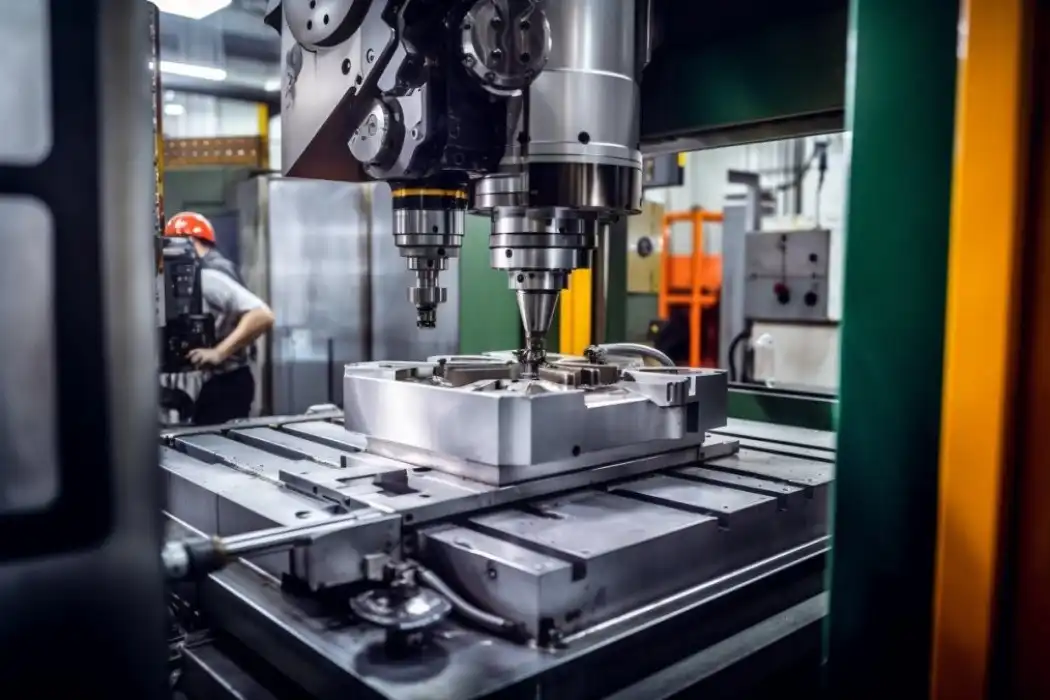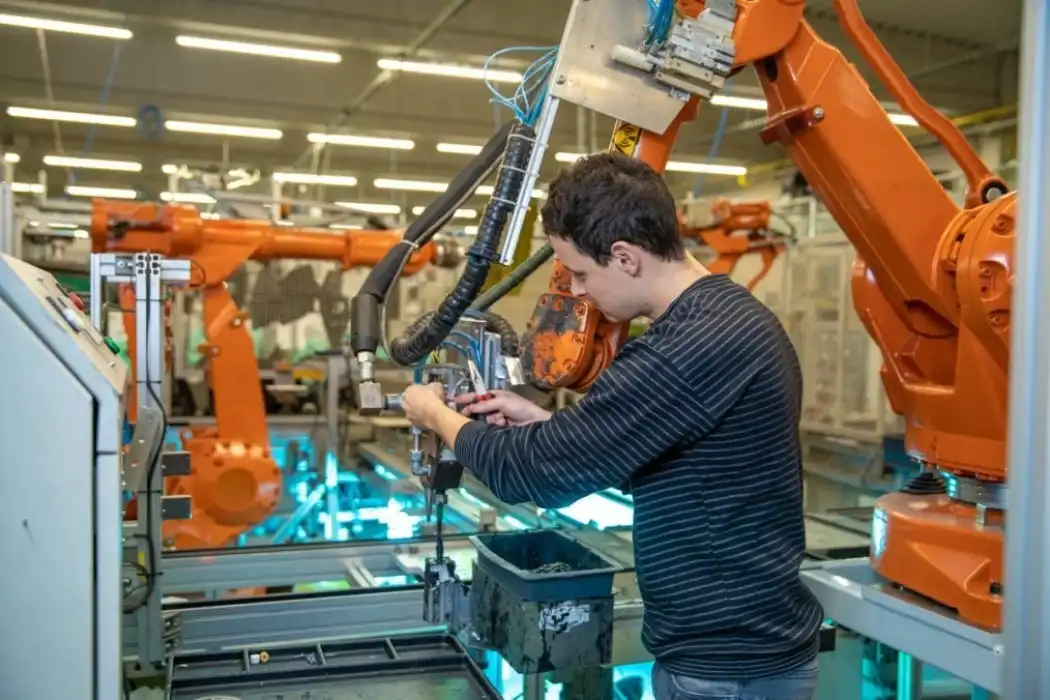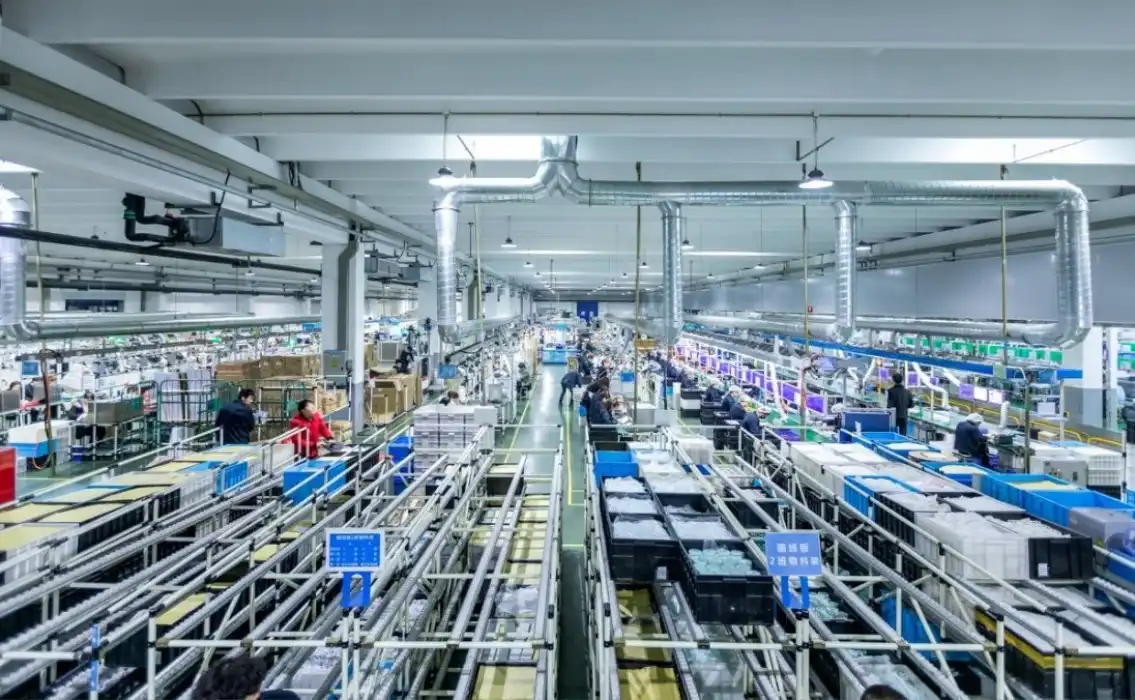Understanding the Fundamentals of Sheet Metal Fabrication Techniques
Sheet metal fabrication is a versatile and essential manufacturing process that transforms flat metal sheets into functional parts and products. This technique combines precision, creativity, and engineering to create everything from simple brackets to complex components used in various industries. By understanding the fundamentals of sheet metal fabrication, businesses can leverage its benefits to produce cost-effective, durable, and customized parts for prototypes and low-volume production runs. In this comprehensive guide, we'll explore the core techniques, materials, and applications of sheet metal fabrication, providing you with the knowledge to make informed decisions for your manufacturing needs.
Essential Sheet Metal Fabrication Processes
Cutting and Shearing
Cutting and shearing are fundamental processes in sheet metal fabrication. These techniques involve separating metal sheets into desired shapes and sizes. Modern fabrication shops use various cutting methods, including laser cutting, waterjet cutting, and plasma cutting. Each method has its advantages, depending on the material thickness, precision requirements, and production volume.
Laser cutting, for instance, offers high precision and clean edges, making it ideal for intricate designs. Waterjet cutting can handle thicker materials and is versatile across different metals. Shearing, on the other hand, is a cost-effective method for straight cuts on thinner sheets.
Bending and Forming
Bending and forming processes in sheet metal fabrication give sheet metal its three-dimensional shape. These techniques use specialized equipment like press brakes and roll formers to create angles, curves, and complex geometries. The choice of bending method depends on factors such as material properties, desired bend angle, and part complexity.
Press brake bending is commonly used for creating precise angles and bends, while roll forming is suitable for producing long, continuous shapes. Understanding the limitations and capabilities of each bending technique is crucial for achieving the desired part geometry while maintaining material integrity.

Punching and Stamping
Punching and stamping processes create holes, slots, and other features in sheet metal parts. These techniques use specialized tools to apply force and remove material from specific areas of the sheet. Punching is ideal for creating clean, precise holes and cutouts, while stamping can produce more complex shapes and embossed features.
Modern CNC-controlled punching machines offer high precision and repeatability, making them suitable for both prototyping and production runs. The selection of appropriate punching and stamping tools is critical to ensure clean cuts and maintain part quality.
Material Selection and Considerations
Common Sheet Metal Materials
The choice of material significantly impacts the performance and characteristics of the final product. Common sheet metal materials include aluminum, steel, stainless steel, copper, and brass. Each material offers unique properties such as strength, corrosion resistance, and formability.
Aluminum is lightweight and corrosion-resistant, making it popular in aerospace and automotive applications. Steel offers high strength and affordability, suitable for structural components. Stainless steel combines corrosion resistance with durability, ideal for medical and food processing equipment. Understanding the properties and limitations of each material is essential for selecting the right option for your specific application.
Thickness and Gauge Considerations
Sheet metal thickness, often expressed in gauge or millimeters, plays a crucial role in the sheet metal fabrication process. Thinner sheets are easier to form but may lack structural integrity, while thicker sheets offer more strength but require more powerful equipment to manipulate.
The choice of thickness depends on the part's intended use, load-bearing requirements, and sheet metal fabrication methods. It's important to balance these factors to achieve the desired performance while optimizing material costs and manufacturing efficiency.

Surface Finish Options
Surface finish not only affects the appearance of sheet metal parts but also their functionality and durability. Common finishing options include powder coating, anodizing, plating, and painting. Each finish offers different levels of corrosion protection, wear resistance, and aesthetic appeal.
Powder coating provides a durable, uniform finish suitable for outdoor applications. Anodizing enhances the natural corrosion resistance of aluminum while offering a range of color options. Plating can improve hardness and electrical conductivity. Selecting the appropriate finish depends on the part's intended use, environmental exposure, and visual requirements.
Advanced Techniques and Technologies
Welding and Joining Methods
Welding and joining techniques are essential for assembling complex sheet metal structures. Common methods include MIG (Metal Inert Gas) welding, TIG (Tungsten Inert Gas) welding, and spot welding. Each technique has its strengths and is suited for different materials and applications.
MIG welding offers high speed and is suitable for thicker materials, while TIG welding provides precise control and clean welds, ideal for thin sheets and visible joints. Spot welding is efficient for joining overlapping sheets quickly. The choice of welding method depends on factors such as material type, joint design, and production volume.
CNC Technology in Sheet Metal Fabrication
Computer Numerical Control (CNC) technology has revolutionized sheet metal fabrication, offering unprecedented precision, repeatability, and efficiency. CNC machines automate cutting, punching, and bending processes, reducing human error and increasing productivity.
Modern CNC systems integrate with CAD/CAM software, allowing for seamless transition from design to production. This integration enables rapid prototyping and efficient small-batch production, making it easier to iterate designs and respond to market demands quickly.

Additive Manufacturing Integration
While traditionally a subtractive process, sheet metal fabrication is increasingly integrating additive manufacturing techniques. 3D printing technologies can complement traditional sheet metal processes, allowing for the creation of complex geometries and custom fixtures.
Hybrid manufacturing approaches combine the strengths of both additive and subtractive methods, enabling the production of parts that would be difficult or impossible to create using sheet metal alone. This integration opens new possibilities for design innovation and functional optimization.
Conclusion
Understanding the fundamentals of sheet metal fabrication is crucial for anyone involved in product development, manufacturing, or engineering. From material selection to advanced fabrication techniques, each aspect plays a vital role in producing high-quality, cost-effective parts. By leveraging modern technologies and proven methods, businesses can optimize their sheet metal fabrication processes, leading to improved product quality, reduced lead times, and enhanced competitiveness in the market. As the industry continues to evolve, staying informed about the latest trends and technologies in sheet metal fabrication will be key to maintaining a competitive edge.
FAQs
What is the typical thickness range for sheet metal fabrication?
Sheet metal fabrication typically works with materials between 0.1mm and 6mm thick, though this can vary based on specific applications and equipment capabilities.
How does sheet metal fabrication compare to other manufacturing methods?
Sheet metal fabrication offers advantages in terms of cost-effectiveness, especially for low to medium volume production runs. It's highly versatile and can produce parts with excellent strength-to-weight ratios.
What industries commonly use sheet metal fabrication?
Sheet metal fabrication is widely used in automotive, aerospace, medical devices, robotics, and consumer products industries, among others.
Understanding the Fundamentals of Sheet Metal Fabrication Techniques | BOEN
At BOEN, we specialize in high-quality sheet metal fabrication for prototypes and low-volume production. Our ISO9001:2015 certified facility employs cutting-edge technology and skilled craftsmen to deliver precision parts across various industries. From material selection to final finishing, we offer comprehensive solutions tailored to your unique needs. Experience the BOEN difference in sheet metal fabrication. Contact us at contact@boenrapid.com to start your project today.
References
1. Smith, J. (2022). Advanced Sheet Metal Fabrication Techniques. Journal of Manufacturing Engineering, 45(3), 112-128.
2. Johnson, A. & Lee, S. (2021). Materials Science in Sheet Metal Manufacturing. Oxford University Press.
3. Brown, R. (2023). CNC Technology: Revolutionizing Sheet Metal Fabrication. Tech Innovations Quarterly, 18(2), 67-82.
4. Garcia, M. et al. (2022). Sustainability in Modern Sheet Metal Production. Green Manufacturing Journal, 9(4), 203-219.
5. Wilson, T. (2021). Quality Control Strategies for Sheet Metal Fabrication. International Journal of Quality Assurance, 33(1), 45-60.
6. Thompson, E. (2023). Industry 4.0 and the Future of Sheet Metal Processing. Digital Manufacturing Review, 12(3), 178-195.

How Can We Help?

Your Trusted Partner in Rapid Manufacturing.



